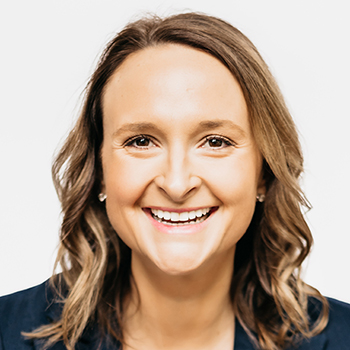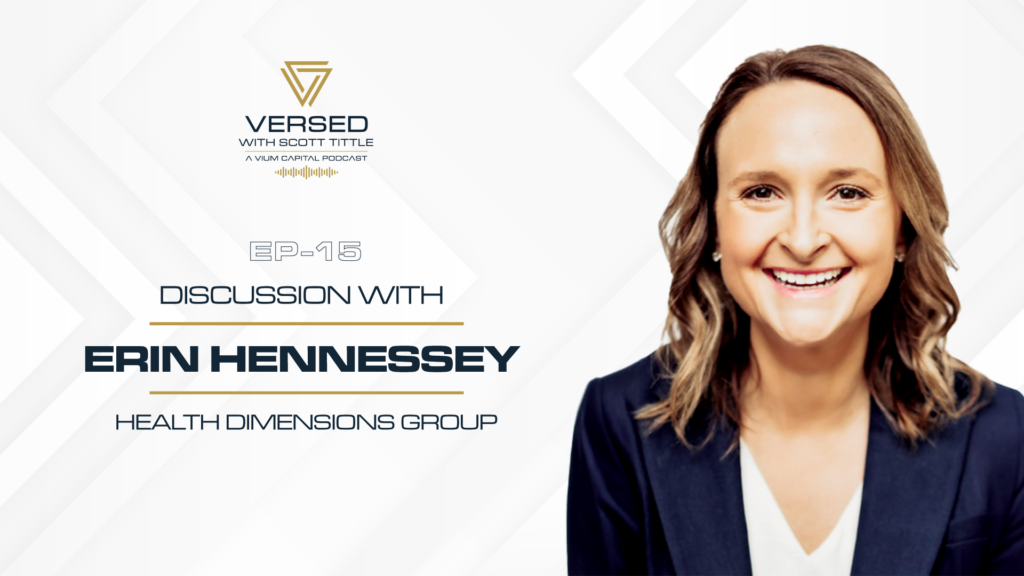
Depending on the day, skilled nursing facilities (SNFs) owned by hospitals and health systems are viewed with varying degrees of affinity. Some days they are a much-needed relief valve for hospitals to discharge hard-to-place patients within the system; other days they are a financially struggling and unstable asset. In most cases, they are both. To system leaders, they are both a collaborative care provider in their continuum and a service they are less familiar with than traditional acute care and health system business lines.
Financial Assessment Is Key
To truly assess the performance of hospital- and system-owned SNFs, we must be able to quantify and accurately measure impact of the SNFs beyond relationships in the system, legacy service lines, and assumptions on financial performance. Specifically, it’s important to understand the following, likely in comparison to the operations of SNFs not affiliated with a hospital:
- True revenue performance beyond the SNF financial statements, including the cost of charity care provided that reduces overall costs to the hospital and opens other beds for service.
- Full expense profiles, including above-market labor and benefits and service allocations like human resources and information technology.
- Value-based payment impact, especially around reduced readmissions, lower cost of at-risk payments, and owned health plan benefits.
Accurate Benefit Assessment
A system must explore the brand strength and the potential system impact of owned, or lack of owned, SNFs:
- Sending a patient to an in-system SNF provider can reduce hospitalizations, streamline primary care, and strengthen brand recognition across the continuum.
- Assess the impact of other system-branded services such as pharmacy, home health and hospice, transportation, medical equipment, and other services seen by patients during SNF stays.
Strategies for Hospitals and Health Systems with Owned SNFs to Explore
Depending on mission alignment and financial strengths, many systems are evaluating the future and structure of owned SNFs. Options may include:
- Identify areas of improvement through accurate assessment and comparative financial performance and benefit. This can be used for consistent evaluation across the system.
- Sell the assets to be operated by an expert, and work in partnership like they do with other market SNFs.
- Lease the assets to a third party to operate and take financial risk while maintaining physical asset that may have sentimental value.
- Engage a third-party manager to oversee day-to-day operations that will be in line with hospital and system goals, bringing best-in-class operations and outcomes.
As a manager of post-acute, long-term care, and senior living communities, as well as a consultant to health and hospital systems across the country, Health Dimensions Group (HDG) has a unique insight into strategy for these operations. For more information on how HDG can help you evaluate risk strategies for your hospital and health system, please contact us at info@hdgi1.com or 763.537.5700.












